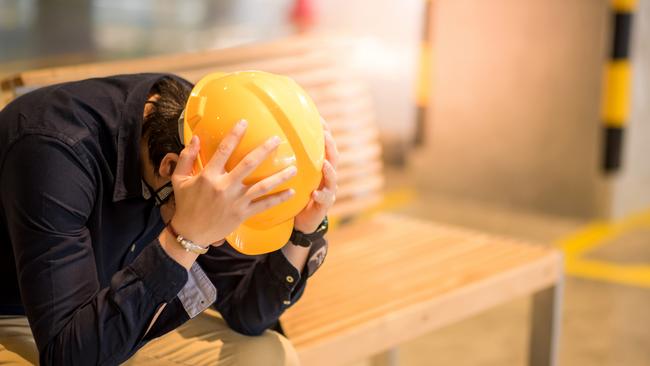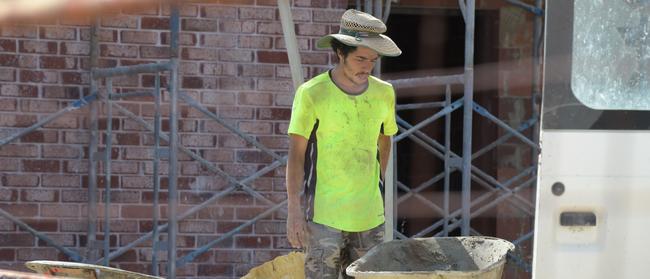HIA: Residential construction sector set for its worst year in a decade
The Australian construction sector is bracing for more insolvencies as interest rates put the brakes on the building boom and housing starts plunge.
QLD Business
Don't miss out on the headlines from QLD Business. Followed categories will be added to My News.
The Australian residential building sector is set for its worst year in more than a decade with interest rate rises putting the brakes on the building boom.
The Housing Industry Association’s latest Economic and Industry Outlook Report said nine consecutive interest rate increases have seen housing construction starts plunge.
HIA chief economist Tim Reardon said further RBA cash rate increases in 2023 will accelerate the downturn.
“There was a large volume of work in the pipeline when rates started to rise in May 2022, and there remains a record number of homes under construction, but this will shrink quickly as market confidence continues to fade,” he said.
“Lending for the purchase or construction of a new home had already fallen to its lowest level since 2012 by the end of 2022, and the full impact of last year’s rate increases is still to flow through to households.
“The number of detached houses commencing construction is set to decline this year and next to its lowest level since 2012.”

The industry recorded 120,000 detached housing starts in 2022 and has forecast 109,000 in 2023. In 2024 it is estimated the number of detached housing starts will fall below 100,000 starts per year for the first time in a decade to just 96,300, compared to a 149,000 starts in 2021.
Mr Reardon said it was unfortunate that the RBA appears set to repeat the cycle the building industry experienced after the GFC.
“Following an initial cut to rates, the RBA then increased rates quickly, bringing the building industry to a stall, before being forced to cut rates again to avoid adverse impacts on the wider economy,” he said.
“It is also unfortunate that higher rates will further impair the ability of the market to respond to the acute shortage of housing stock.”

The HIA report comes as public hearings continued on Tuesday at a joint parliamentary inquiry into corporate insolvencies amid expectations that the wave of building company collapses will continue.
In his opening statements to the joint parliamentary committee, Subbies United’s John Goddard called for an overhaul of the insolvency process comparing it from a subcontractor’s perspective to “playing Russian roulette”.
“The big winners in any liquidation are the liquidators, their lawyers and referral networks. The big losers are the unsecured creditors, most of whom are subcontractors,” he said.
“The construction industry is brutal and only the toughest and smartest subbies survive for
the long haul. I know of dozens of subbies who have been destroyed by liquidating builders.
“We know of builders who have made an art form out of liquidating their companies. Good business practices should not be punished but it is in the construction industry.”
Master Builders Australia’s submission called for a range of actions including more tailored support to businesses before they move closer to financial distress, an increase in educational resources and training and more resources to regulators.
MBA deputy chief executive officer Shaun Schmitke noted that the construction industry was “unique and nuanced” and warned against the unintended consequences of changes to policies and regulation.
“Although insolvencies in building and construction frequently make up a high share of the totals across all industries, this should be considered in context of a sector with well over 440,000 business entities and are generally consistent with overseas trends,” he said.
“There is always more that can be done to ensure we deliver a built environment in an efficient and safe way, and Master Builders’ focus is to ensure that regulatory settings enable our members and the industry overall to thrive, deliver for consumers and clients, creates jobs and remains a major contributor to our overall economy.”





